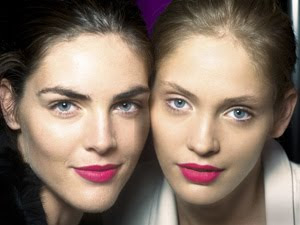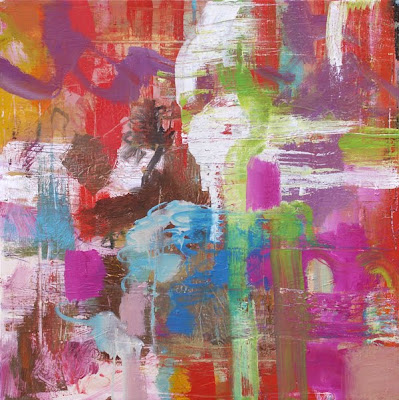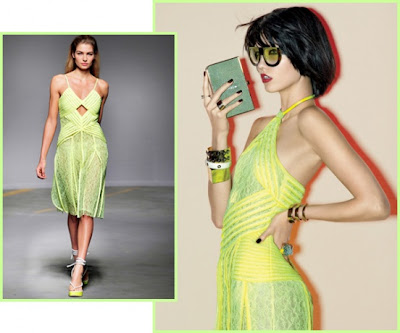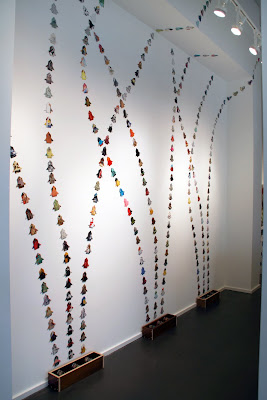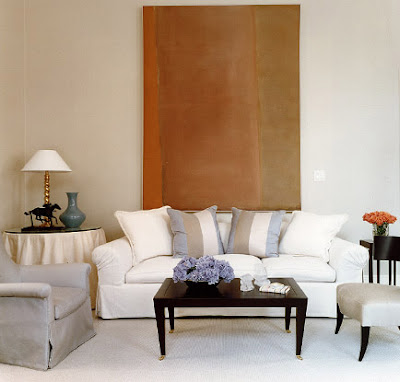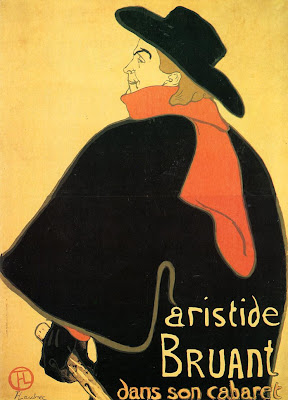
(photo courtesy of vipartfair.com)
Last month, the 9th edition of
Art Basel Miami closed after an exciting week of...sales! 250 galleries participated, exhibiting contemporary art from all over the world. Collectors came out of hiding, and purchased. Prices were up, as were spirits.
This month, the first
ONLINE art fair opens. The VIP Art Fair as it's called, for Viewing In Private, opens on January 22 and features high-end contemporary art exclusively for sale online. General access is free of charge, just follow the instructions
online. Featuring galleries such as David Zwirner, Fraenkel, Gagosian, White Cube and many other powerhouse names, the fair allows you to view and interact with contemporary art in an entirely new setting. Emerging galleries will be participating as well, including New York's
Winkleman Gallery. Once logged in, and before bidding, one can research the artists, chat with a gallerist via instant messaging or Skype, and even zoom-in to view the piece in detail. Watch the
video if you don't believe it.
As the co-founder of VIP and gallery owner
James Cohan explains, it takes the "intimidation" out of the process, and is not intended to "replace a bricks and mortar fair." More than 2,200 artists working in more than 10 different mediums will be featured. As in a traditional fair, galleries will be organized in booths, and participants will traverse virtually around the week long event. While the galleries participating this year are well known and expected, is this the way of the future? Meaning is this the path that galleries of all types will take in years to come?
By removing the element of location, this new dimension definitely opens up the possibilities to very far-reaching sales. But, will bidders be as eager to buy sight-unseen as they are upon viewing a piece on stage at Sotheby's for example? Will buyers gravitate only towards the artists they are familiar with? Or will they be ready to take risks?
With 137 booths offering fine art for sale in a private, online format, surely some buyers will show up to bid!






